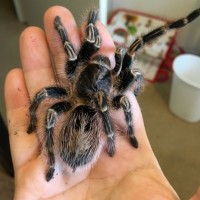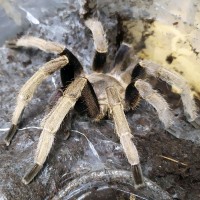Media information
- Category
- Tarantula Identification
- Added by
- LailaQ
- Date added
- View count
- 1,599
- Comment count
- 9
- Rating
- 0.00 star(s) 0 ratings
Image metadata
- Device
- Apple iPhone SE
- Aperture
- ƒ/2.2
- Focal length
- 4.2 mm
- Exposure time
- 1/20
- ISO
- 200
- Flash
- Auto, did not fire
- Filename
- 19E5E957-5A6E-44AF-A597-4976FDE34478.jpeg
- File size
- 1.8 MB
- Date taken
- Sat, 24 August 2019 5:41 PM
- Dimensions
- 4032px x 3024px


![Sold As OW Fossorial/Asian [1/2]](/data/xfmg/thumbnail/62/62975-6497b8268e8a02318397662ca82fbc19.jpg?1580406700)
![Sold As OW Fossorial/Asian [2/2]](/data/xfmg/thumbnail/62/62974-2ccba8669f7fe439bffa1ee6df8315bb.jpg?1580406700)



